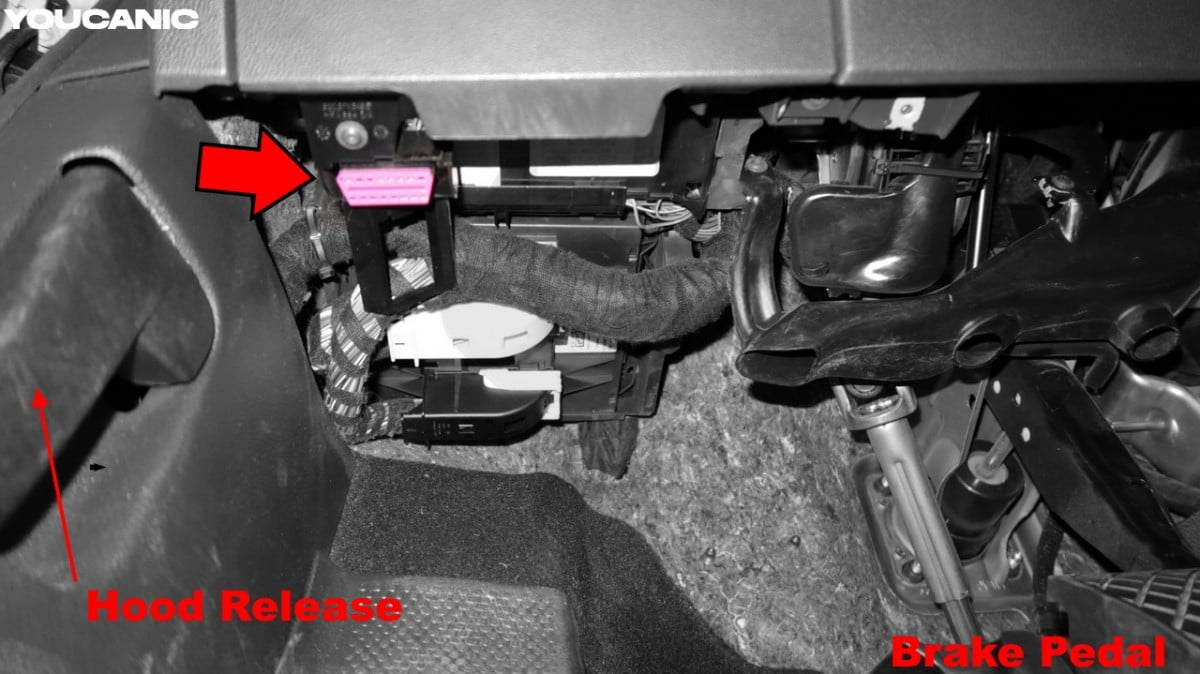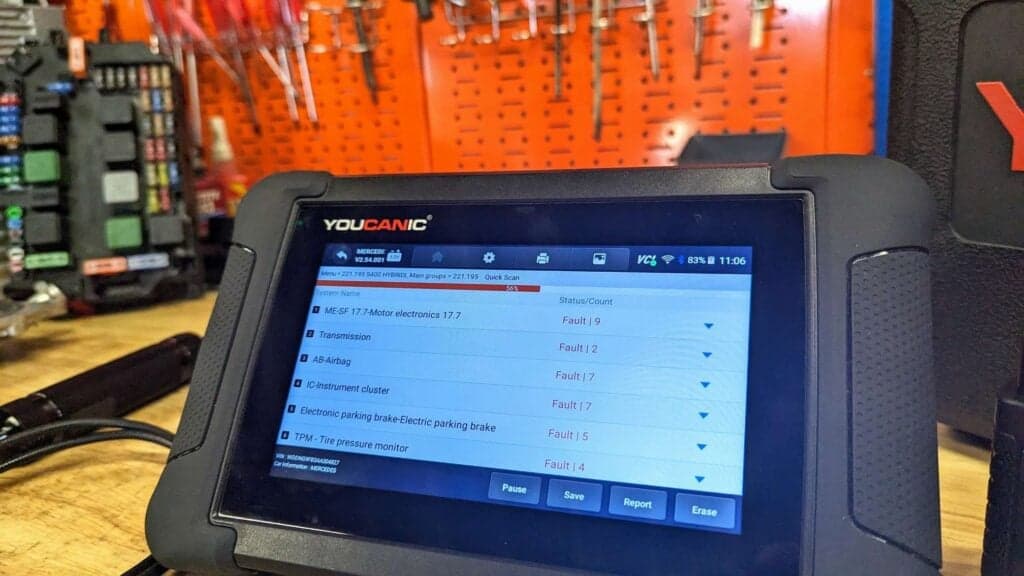Volkswagen OBD-II Port Location
The On-Board Diagnostics (OBD) II port is a crucial component in modern vehicles, as it provides access to the vehicle’s computer system for diagnostic and repair purposes. The OBD II port in Volkswagen vehicles is typically located near the driver’s side under the dashboard. Knowing the location of the OBD II port can be useful for performing regular diagnostic checks and troubleshooting any issues that may arise with the vehicle. In this article, we will provide information on the location of the OBD II port in various Volkswagen models, including the Volkswagen Jetta and Volkswagen Polo. By understanding where to find the OBD II port, drivers can save time and money by easily accessing important diagnostic information and maintaining the health of their vehicle.
The OBD-II port (or OBD2) on a Volkswagen is located under the dashboard on the driver’s side. All Volkswagen vehicles, 1996 and newer, including the Volkswagen Jetta, Golf, Tiguan, Passat, Beetle, Routan, and Beetle, have an OBD-II port.

The OBD-II port can diagnose VW check engine light, ABS light, SRS light, and many other problems.
Why would I ever need to locate an OBD2 port on my Volkswagen?
For several reasons, a vehicle owner may need to locate or use the OBD-II port on their Volkswagen. For example, if the owner has a check engine light on, service codes, etc., an owner can use an OBD2 scanner to view the codes and clear them if necessary.
What is the VW OBD2 port?
The On-Board Diagnostics (OBD) II port is a standardized connector that provides access to a vehicle’s onboard computer system. Mechanics and technicians use the OBD II port to diagnose and repair problems with a vehicle’s engine, transmission, and emissions control systems. It allows the retrieval of diagnostic trouble codes (DTCs) and scan tools to monitor the vehicle’s performance in real time. The OBD II port is typically located under the dashboard near the driver’s side and is standard in most vehicles manufactured after 1996. Using the OBD II port can help identify and fix problems early, improving the vehicle’s performance and reducing the likelihood of costly repairs.
What is the difference between OBD-II and OBD2 ports?
OBD-II and OBD2 ports are the same. The correct name is Volkswagen OBD-II port, but sometimes it is called OBD2 for short.
What protocol does VW OBD2 use?
Typically, Volkswagen uses the ISO9141/14230 protocol. The generic diagnostic trouble codes that trigger the check engine light can be read with a generic scanner. You will need an all-system scanner that supports Volkswagen vehicles to retrieve codes from other modules such as ABS, Airbag, Transmission, etc.
Conclusion

YOUCANIC Full System Scanner
The YOUCANIC Full System Scanner is an OBD-II scanner with features comparable to those of professional-grade scanners. This powerful device can read and clear fault codes, perform bidirectional tests, perform maintenance and repair resets, and more.

In conclusion, the On-Board Diagnostics (OBD) II port is an important component of modern vehicles, including Volkswagen models. The location of the OBD II port can vary between different VW models, but it is typically found under the dashboard, near the driver’s side. Knowing where to find the OBD II port can make it easier to perform regular diagnostic checks, troubleshoot issues, and keep the vehicle in good working condition. With its significance in providing access to the vehicle’s computer system, Volkswagen drivers need to be familiar with the location of the OBD II port in their specific model. Regular use of the OBD II port can help maintain the vehicle’s health and ensure a safe and reliable driving experience.
We hope you find the Volkswagen OBD-II Port Location guide helpful. Check these troubleshooting and repair guides for more help on your Volkswagen.









